I Switched from Photoshop to Illustrator. Part 2: A New Sketching Workflow
This is the Part 2 of the series where I share my switch from Photoshop to Illustrator. Don’t miss out the Part 1 if you haven’t read it yet.
After the first weeks working on Illustrator, I realised that I was still tied up to Photoshop to develop the sketches. I’m not up to sketch using Illustrator directly because I prefer to draw. I found that drawing was my natural way of bringing ideas to the reality. Illustrator is not related to drawing, but more to composing using Shapes, the Pathfinder and the Pen tool.
My previous workflow consisted of sketching in a notebook using a pencil and then creating the final sketch from scratch in Photoshop using a Wacom Cintiq 13HD.
As I switched from Photoshop to Illustrator, I thought it was a nice opportunity also to question my sketching process and a good chance to improve the whole workflow.
My old sketching workflow
Since I became a professional illustrator, I’ve used a notebook and a pencil to develop my very first sketches. Over the years, I finalised 5 of those notebooks, and they contain hundreds of unused ideas. As I can’t carry all the notebooks with me, I ended up selecting some of those ideas and keeping them in Evernote for future projects.
After having those very first sketches, I moved to Photoshop to create the sketches using a graphics tablet.
My experience using graphics tablets started 6 or 7 years ago, with a Wacom Intuos 4S. The learning curve took some time, but after a while, I was so used to it that I even replaced my mouse with the Intuos 4S for browsing the Mac.
After a couple of happy years with the Wacom Intuos 4S, I decided to switch to a Wacom Cintiq 13HD.
It had a built-in screen, which allowed me to look directly to my hand while drawing. It was a massive improvement.
The Cintiq 13HD is a reliable and powerful tool, but it has some down points.
It works as an external screen, it needs to be plugged into the computer and also into the power socket, it’s not an independent device. It’s not massively heavy but it take up the same space and weight than my Macbook, and both devices together are bulky and take up half of the available space of my backpack.
My actual needs have changed now that I’m not using Photoshop for the finals anymore. I’m also travelling a lot more than before. So taking the opportunity of the Photoshop to Illustrator switch, it was an excellent chance for considering other options.
My new sketching workflow: iPad Pro 9.7″ + Procreate app
A few months ago, Apple released a 9,7 inches version of the iPad Pro, which is also compatible with the Apple Pencil. After some time thinking, I realised that the iPad Pro in conjunction with the app Procreate meets all my actual needs as a sketching device.
A few weeks after experimenting and using this new system, I found it very practical and reliable solution. It’s very portable, independent, flexible and reliable. The iPad Pro + Procreate tandem allows me to create the sketches in a very similar way as I used to do in Photoshop. At some point, I will write an article sharing with you how I use Procreate.
I travel a lot, which means that I work from a lot of different places, including hostels, hotels, trains, planes, cafes, libraries, and from a lot of different scenarios. With the Wacom Cintiq 13HD it was always a bit difficult because I needed a reasonable amount of space for the tablet, the Macbook, the cables and also I always needed to find a socket.
Now, I can just bring my iPad to any of those places and start working. No cables, no notebooks, no pencil cases. Just one device from where I can even send the sketch directly to the client.
Benefits of my new sketching workflow
- I replaced a bunch of objects involved in the sketching process with just one device.
- The iPad Pro is ultraportable and independent. I can sketch from everywhere, even if it’s dark or a power socket is not available.
- I can directly sketch using colours and shapes.
- If the client provides me with a layout, I can sketch directly on it.
- I do not longer need to digitalise my unused sketches to keep them with me. It perfectly fits the paperless philosophy I follow.
- I can also use the iPad for other things besides drawing.
Big changes never come alone
Now that I started using a whole new system for developing my illustrations I see that it was the right time to question my entire workflow. And I realised that switching from Photoshop to Illustrator created new opportunities for improving the way I developed my sketches. As a result, I simplified and optimised my tools, and I can now work in better conditions.
As the years go by, we evolve as artists, and our lives change as well. We need to adapt to new realities, and we should take some time to evaluate the way we use our tools. The reasons for using the tools we use should respond to our needs, not to our habits. It’s possible that we can improve our workflows just re-thinking our needs. And most of the times when we decide to change something it’s very likely that new changes proceed the first one.
Changes in our workflows are scary, but most of the times lead to new stages. We need to keep our minds and eyes open to adapt to new situations, which will bring new opportunities.
Join +10k readers. No spam ever.
